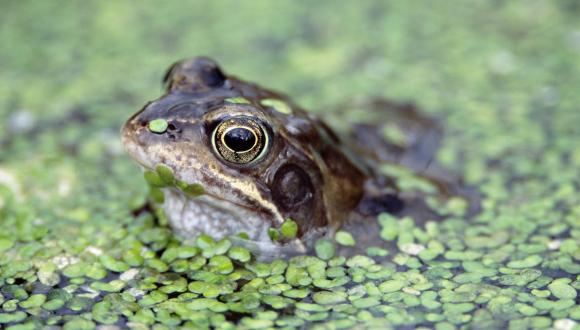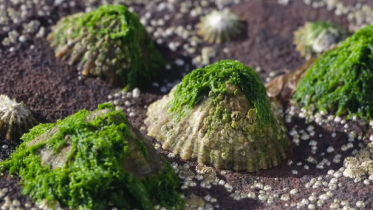
Marine turtle
Scotland’s shores attract giant reptile visitors in the shape of leatherback, loggerhead, Kemp’s ridley and green turtles.
The leatherback is the largest marine turtle and the turtle species most frequently recorded in the UK.
The leatherback turtle migrates across the Atlantic Ocean to feed on rich swarms of jellyfish along our west and north coasts. It differs from other turtles as it has thick, leathery skin instead of a hard shell. Leatherbacks can swim very fast and are known for their long distance migrations.
Other species such as loggerhead, green and hawksbill turtles are seen less often in UK waters. These hard-shelled species usually arrive in Scottish waters by accident, with stray juveniles carried here by ocean currents from warmer waters.
Like many turtles, adult leatherbacks feed on jellyfish and have been known to accidentally eat plastic debris such as plastic bags.
Protection of marine turtles
Find out about protected species of amphibian and reptile.
Report a sighting
You should report any sighting of a marine turtle to the UK Cetacean Strandings Investigation Programme.
Alternatively, find out about taking part in the National Amphibian and Reptile Recording Scheme
Find out more
Read our guidance for planners and developers on protected animals.






